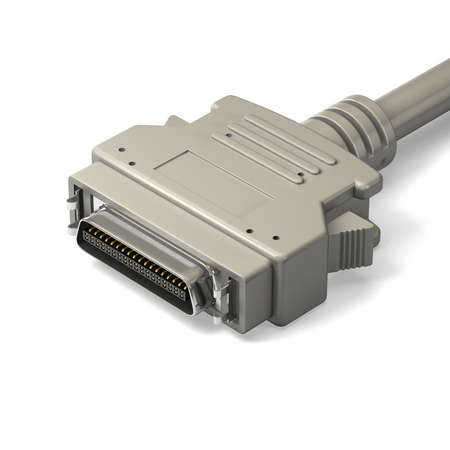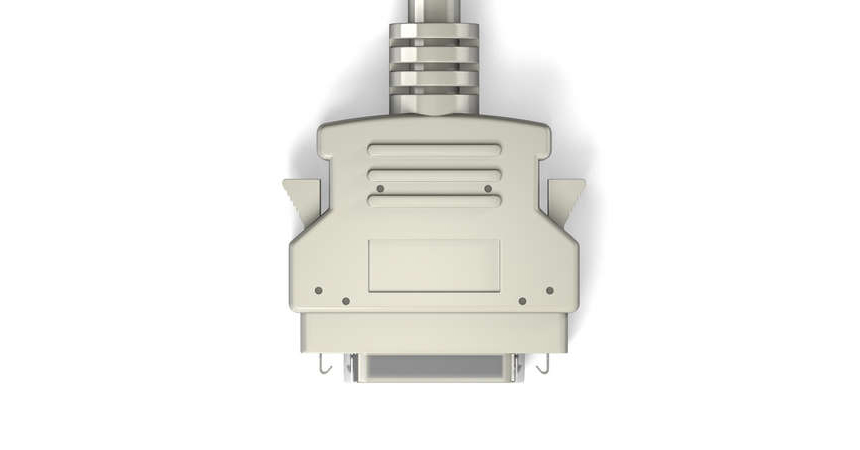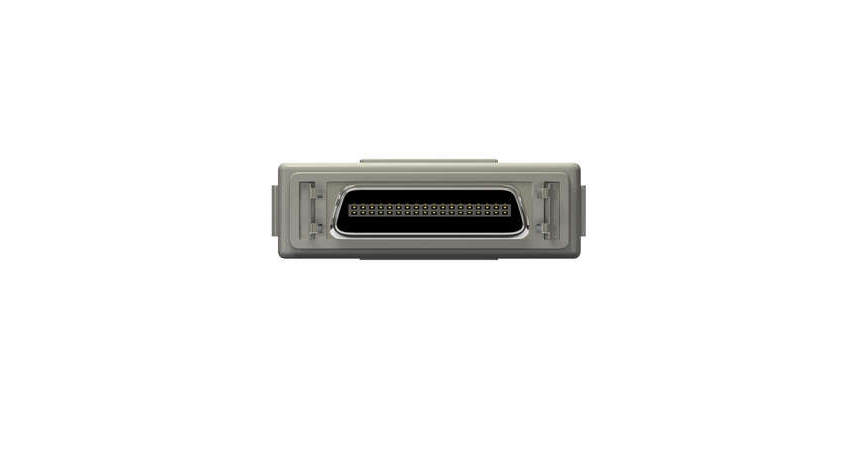What are Centronics connectors?
The Centronics connector has a plastic bar in the center of the connector body that holds the contact pins. The body of the connector is often blue in color.
_
Centronics 36
The Centronics 36-pin connector is arranged in two rows of pins, each with 18 contacts. The connector is held in place by bail locks. The 36-pin connector is often used for parallel applications, especially for printers. It is also referred to as an IEEE-1284 Type B connector.
Centronics 50
The Centronics 50-pin connector is arranged in two rows of pins each with 25 contacts. This connector is held in place by bail locks. The Centronics 50 connector is most often used by older SCSI-1 devices (scanners, storage devices, etc.). A slight variant of the Centronics 50 connector is used in voice/data applications. This variant is commonly called a Telco connector.
Micro Centronics 36
The Micro Centronics 36-pin connector is arranged in two rows of pins, each with 18 contacts. This connector is held in place by squeeze latches. It looks very similar to the Centronics 36-pin, but is about half the size. This connector can be described more accurately as a mini-D ribbon (MDR) connector. This interface is also called an IEEE-1284 Type-C connector, and is commonly found on parallel multifunction (printer/scanner/copier/fax) devices.


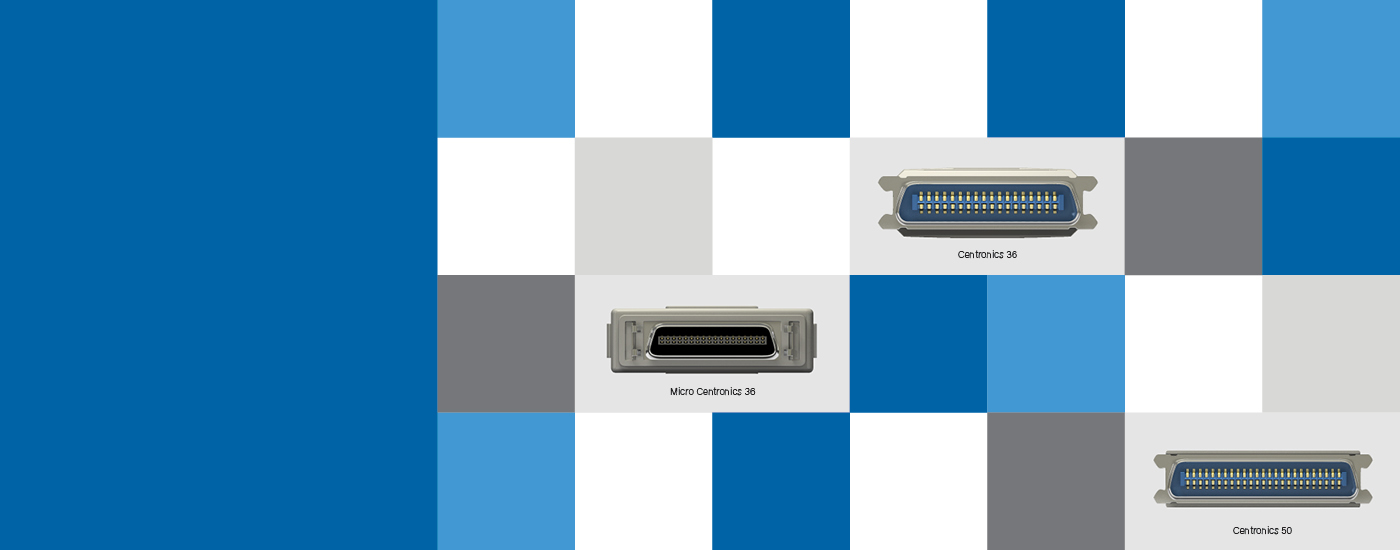
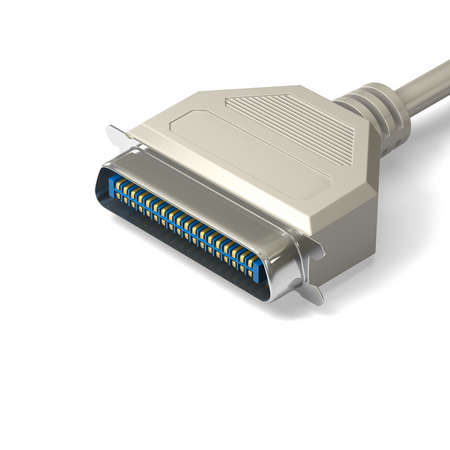 View Centronics 36 connector gallery
View Centronics 36 connector gallery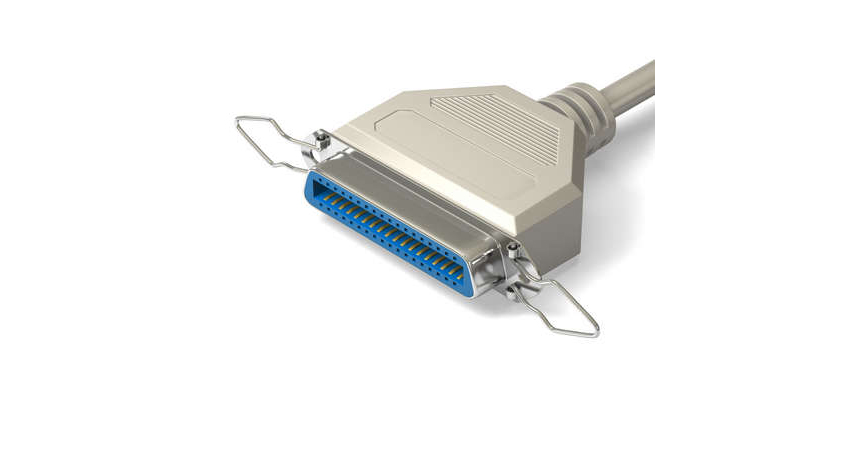
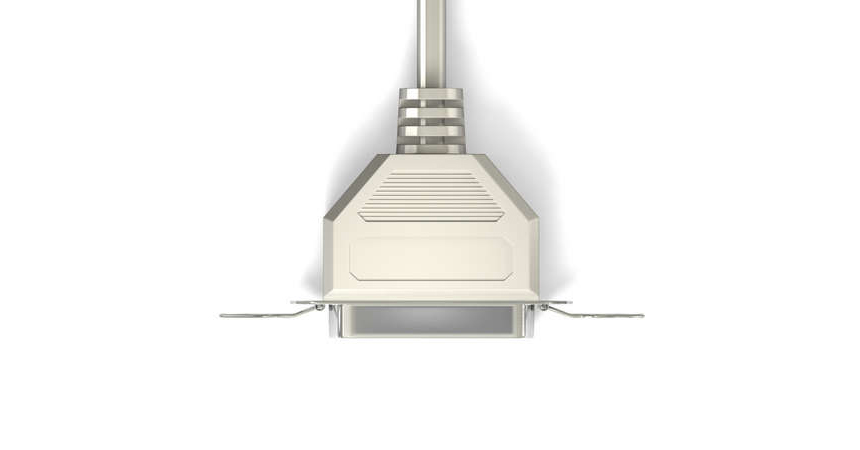
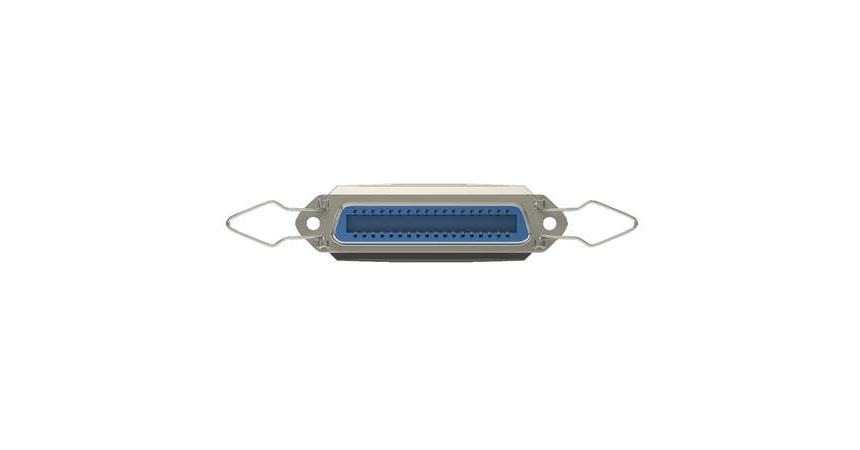
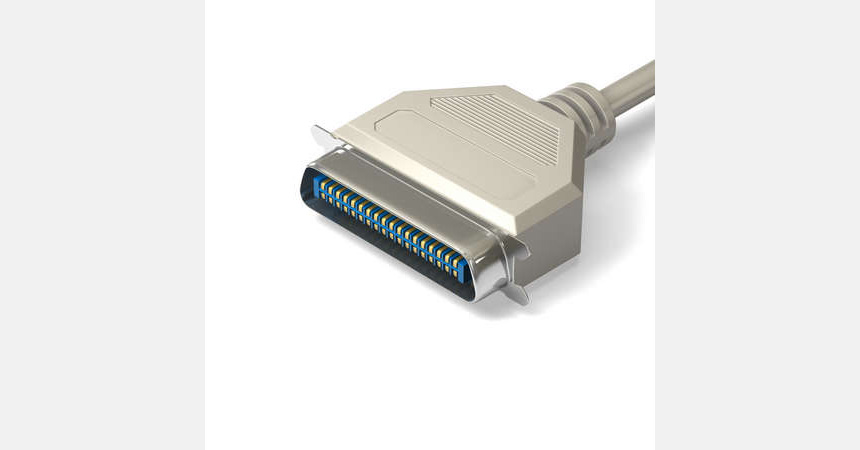
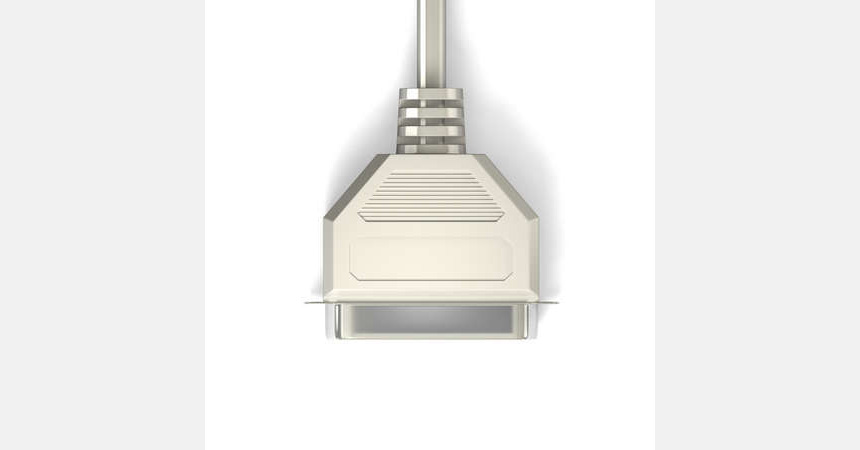
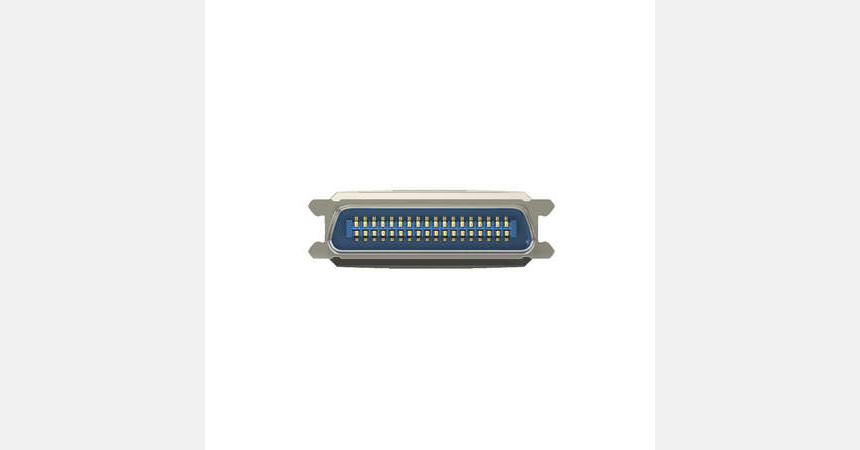
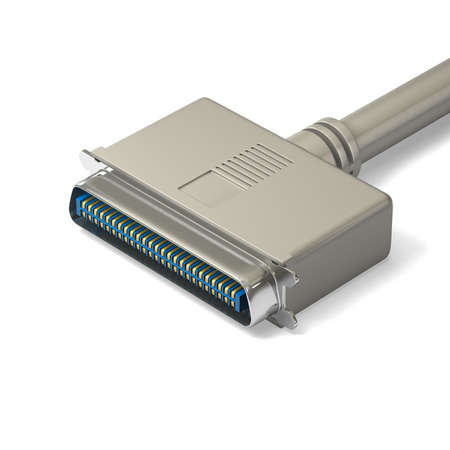 View Centronics 50 connector gallery
View Centronics 50 connector gallery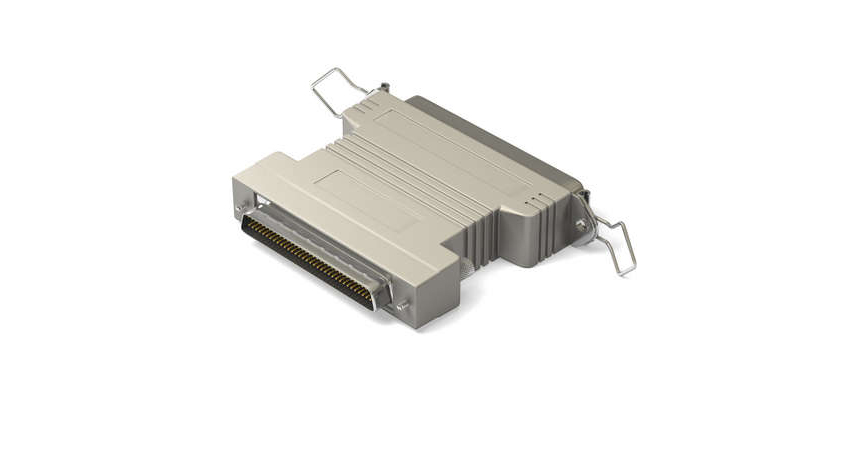
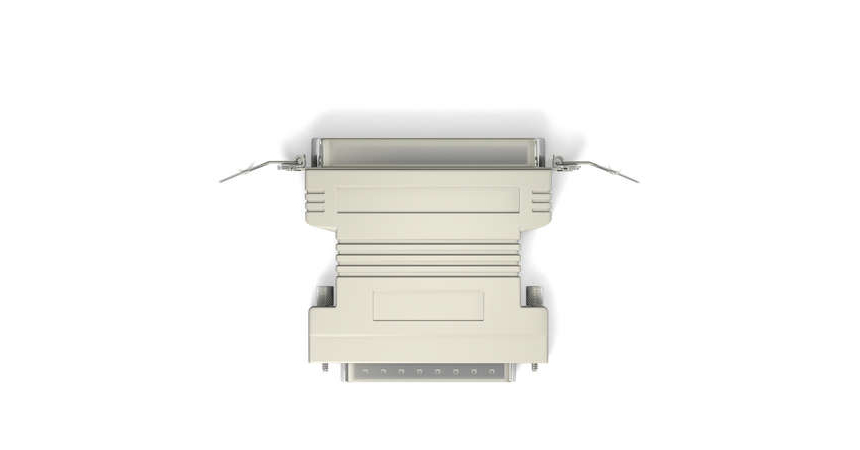
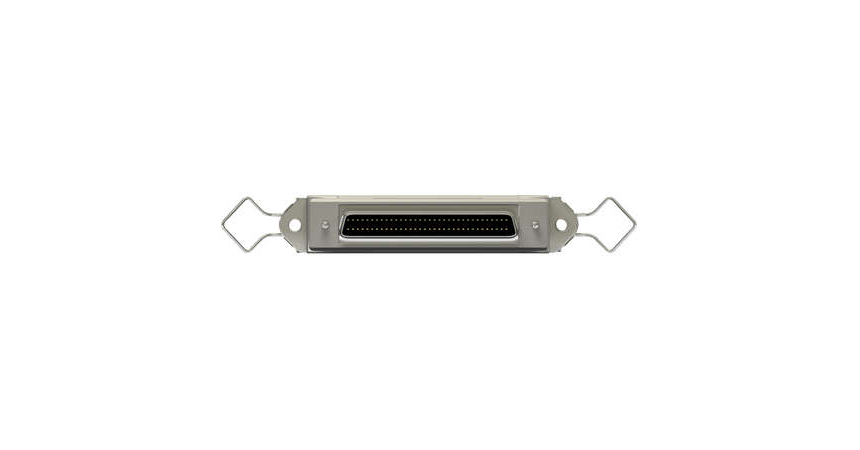
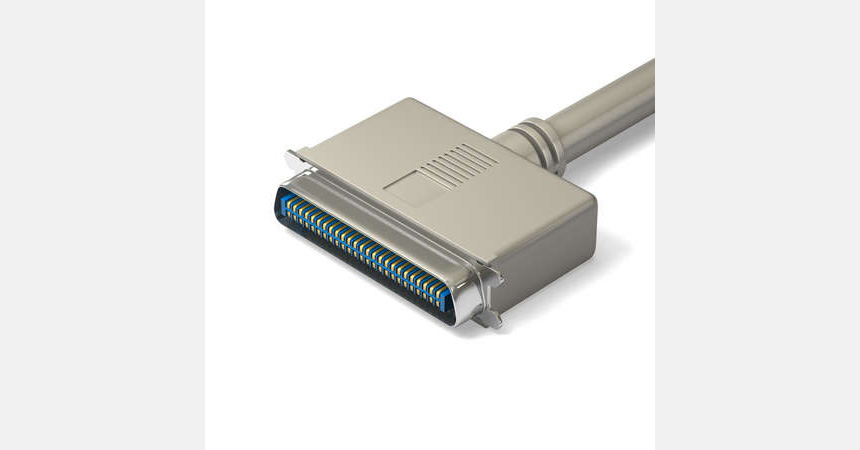
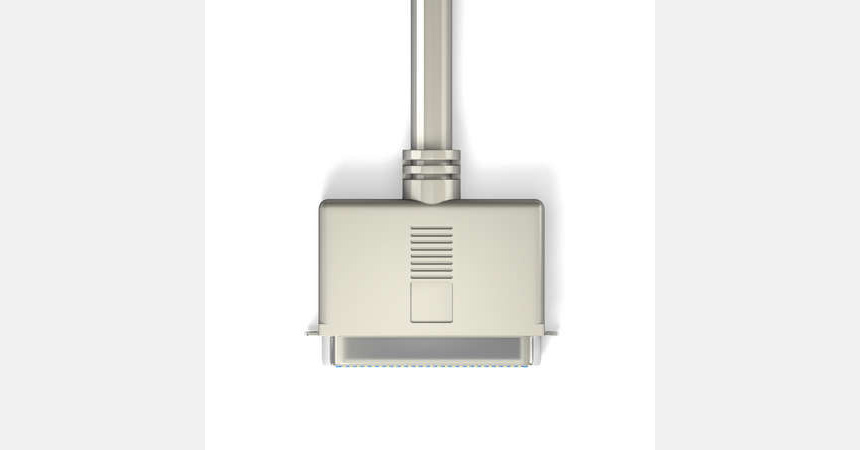
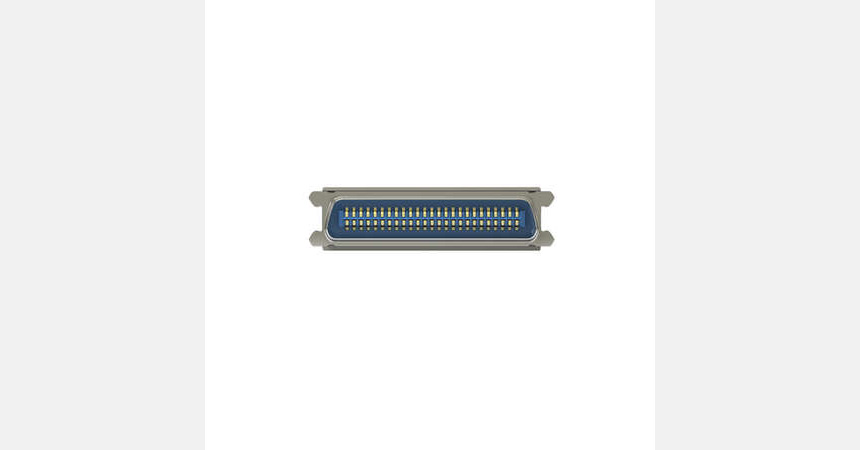
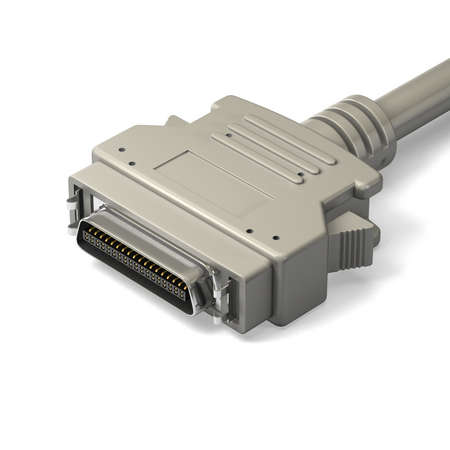 View Micro Centronics 36 connector gallery
View Micro Centronics 36 connector gallery